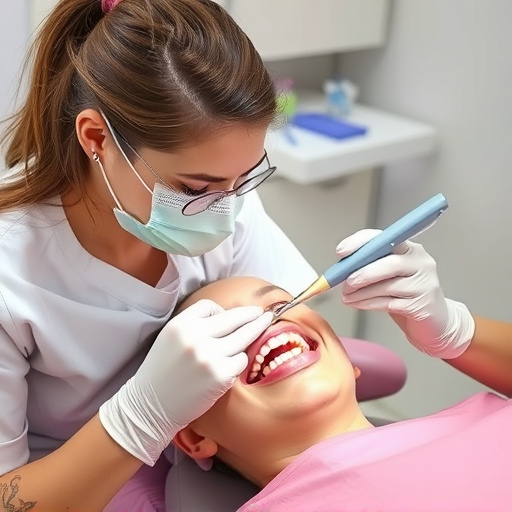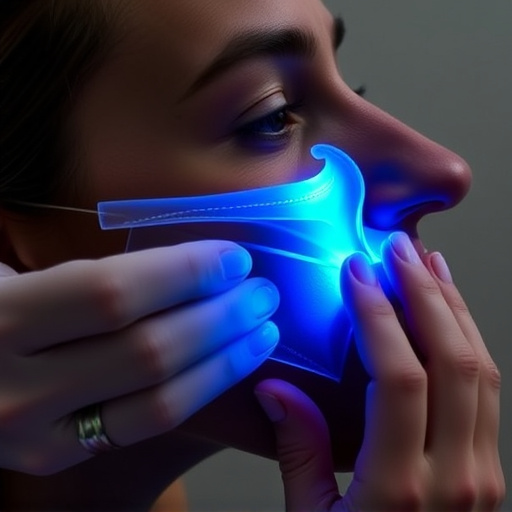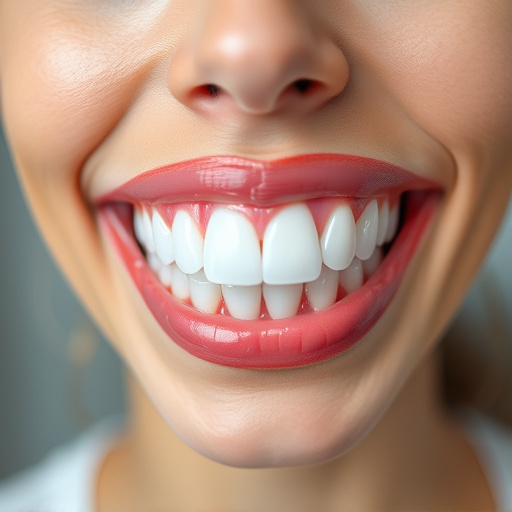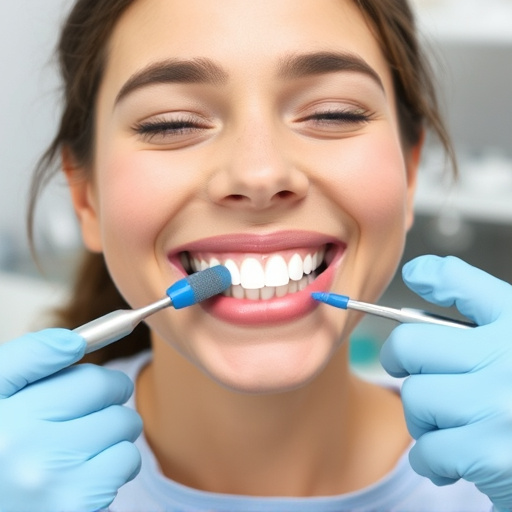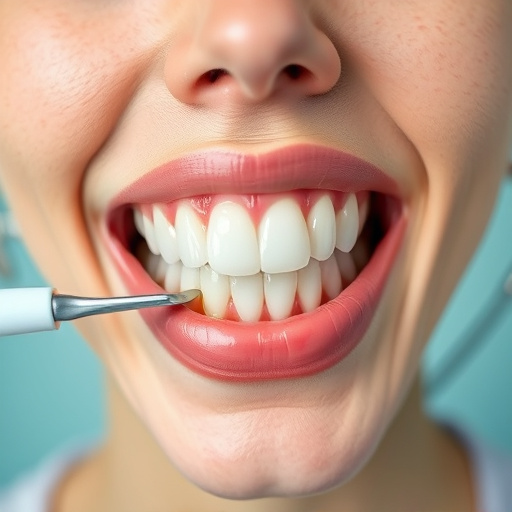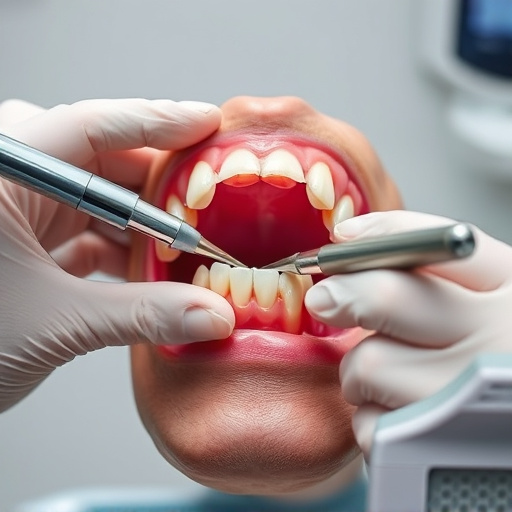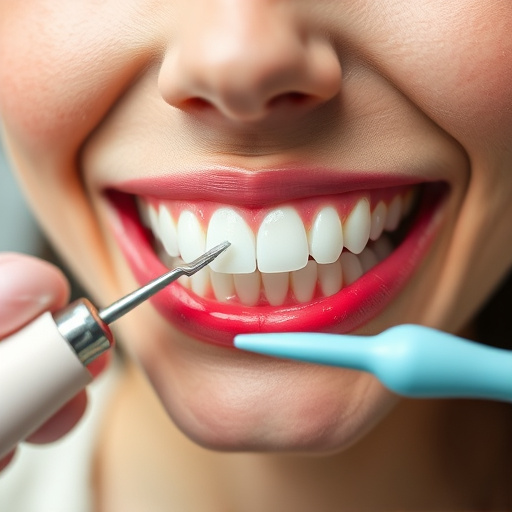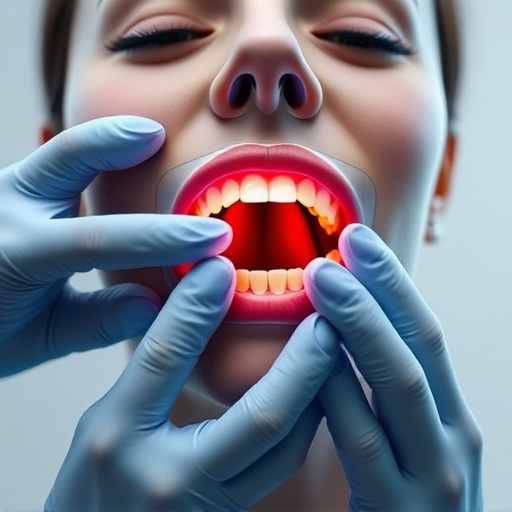Bad breath (halitosis) has various causes, from dietary factors to medical conditions. Effective bad breath treatment requires personalized approaches addressing individual needs. This includes tailored oral care routines, specialized tools, and regular dental exams. By targeting root causes like plaque buildup, sulfur compounds, and dental issues, lasting solutions for fresh breath can be achieved through a combination of good oral hygiene, dietary adjustments, and necessary medical interventions.
Bad breath, or halitosis, is a common concern with potentially profound impacts on confidence. Understanding its causes, which range from dietary factors to dental issues, is key to effective treatment. This article explores personalized bad breath treatment approaches for lasting relief. We delve into diagnosis methods and discuss various options, from over-the-counter remedies to professional interventions. Additionally, we provide essential lifestyle changes for maintaining fresh breath long-term.
- Understanding Bad Breath: Causes and Diagnosis
- Personalized Treatment Options for Effective Relief
- Lifestyle Changes and Maintenance for Lasting Freshness
Understanding Bad Breath: Causes and Diagnosis
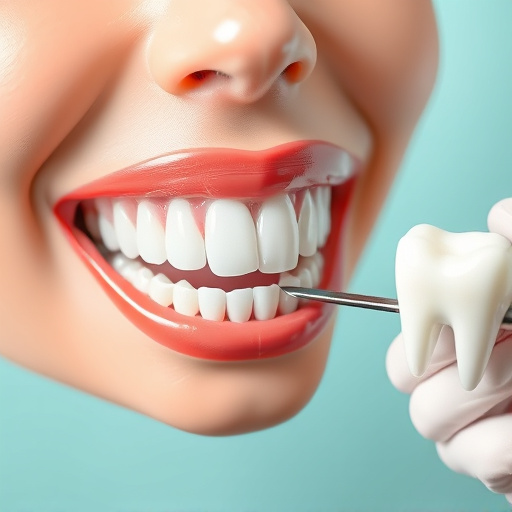
Bad breath, or halitosis, is a common concern that affects individuals across all demographics. Understanding its causes is the first step towards effective bad breath treatment. While some cases may be linked to dietary choices and poor oral hygiene, underlying medical conditions often play a significant role. From dental issues like tooth decay and gum disease to gastrointestinal disorders and respiratory tract infections, identifying the root cause is crucial for lasting relief.
Diagnosis typically involves a comprehensive approach, starting with a detailed discussion about one’s diet, oral care routine, and general health. Dental professionals may conduct routine oral exams and use specialized tools to detect any signs of infection or inflammation. In some cases, further investigations like X-rays or referral to specialists such as children’s dentistry for younger patients or clear aligner treatments for specific dental needs might be recommended to address the issue effectively from its source.
Personalized Treatment Options for Effective Relief
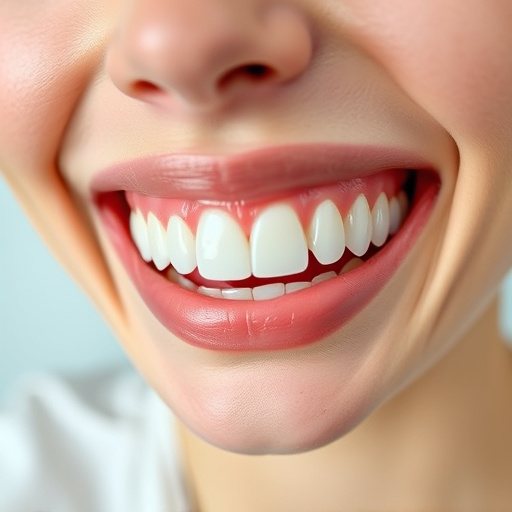
Personalized treatment options are key to achieving lasting relief from bad breath. Unlike one-size-fits-all approaches, a tailored solution considers an individual’s unique oral health needs and lifestyle factors. This could involve recommendations for specific oral care routines, including choosing the right toothbrushes, toothpastes, and mouthwashes. For instance, individuals with certain dental conditions or structural anomalies might benefit from specialized tools designed to reach hard-to-clean areas.
In some cases, more extensive procedures may be necessary. Regular oral exams can help identify potential issues early on, such as infections or underlying health problems that could contribute to bad breath. Specific treatments like dental bonding or wisdom tooth removal may be suggested if certain teeth are the source of the problem. Tailoring the approach ensures that the treatment not only addresses the symptoms but also gets to the root cause, providing long-lasting solutions for fresh and healthy breath.
Lifestyle Changes and Maintenance for Lasting Freshness
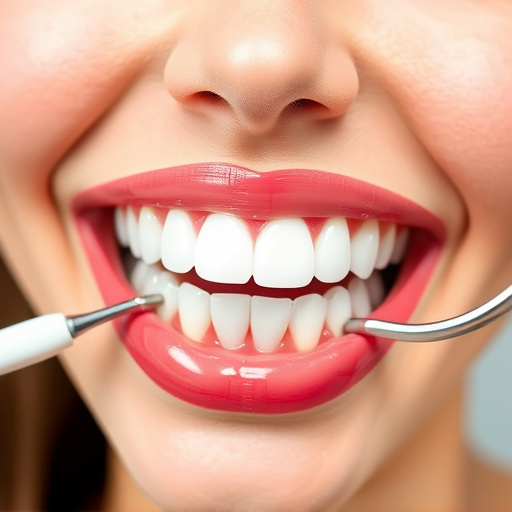
Maintaining fresh breath isn’t just about treating bad breath; it’s a holistic process that involves lifestyle changes and continuous care. Regular dental cleanings play a pivotal role in eliminating oral odor causes by removing plaque buildup, a major contributor to bad breath. Beyond these visits, adopting daily habits like brushing with a soft-bristled brush for two minutes twice a day and using tongue scrapers can significantly reduce sulfur compounds that lead to that unpleasant scent.
Diet also plays a crucial role in managing bad breath treatment. Foods rich in garlic, onions, and certain spices are known culprits. While eliminating these entirely might not be feasible, moderating intake and pairing them with refreshing drinks like water or mint tea can help combat their odor-causing effects. Additionally, staying hydrated throughout the day and practicing good oral hygiene, including addressing issues like wisdom tooth removal if necessary, and considering cosmetic fillings for damaged teeth, all contribute to a lasting solution for fresh breath.
Bad breath can significantly impact self-confidence, but with a personalized approach to treatment, lasting relief is achievable. By understanding the causes and diagnosing the specific issue, individuals can explore effective solutions tailored to their needs. This may include professional treatments, lifestyle adjustments, or a combination of both. Incorporating these strategies into daily routines ensures not only short-term freshness but also long-lasting oral health and confidence. Remember, addressing bad breath at its root is key to enjoying the benefits of a personalized bad breath treatment plan.

